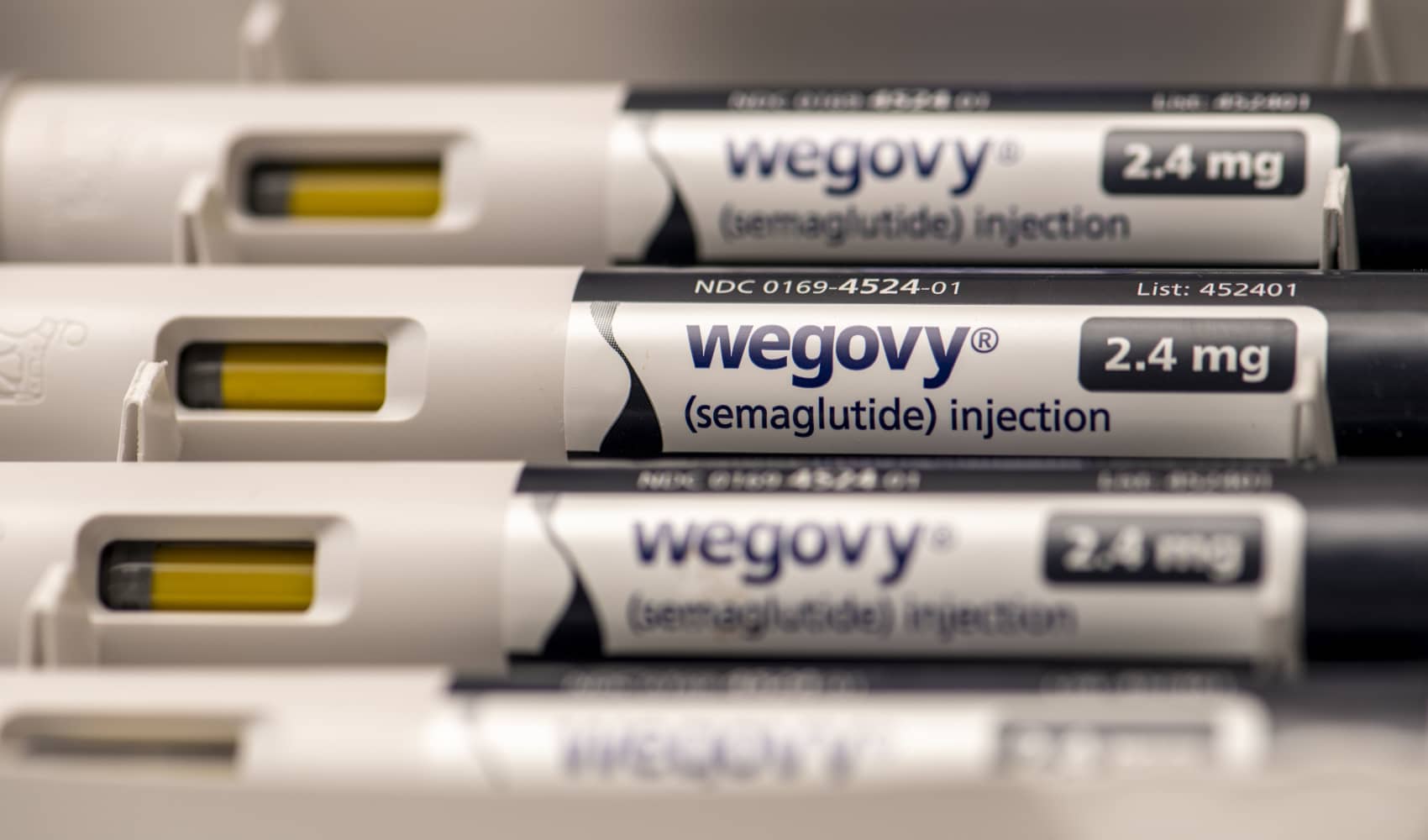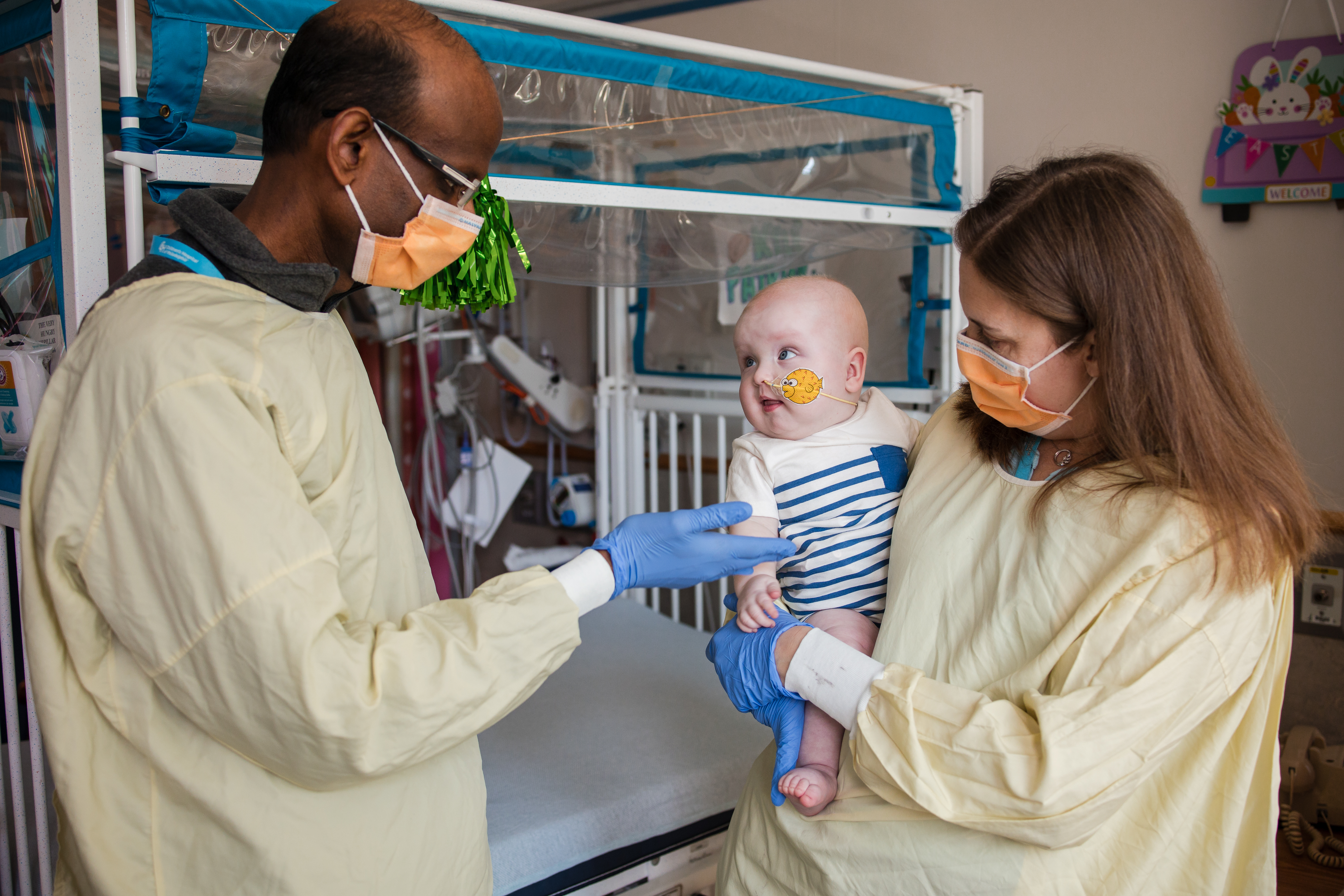Wegovy Reverses Liver Disease: Major Clinical Trial Success
Wegovy Breakthrough: Reversing Liver Disease in Clinical Trials
Introduction: A Beacon of Hope for Liver Health
Imagine a world where a common and serious liver disease could be effectively treated with a weight loss drug. Sounds like science fiction, right? Well, hold on to your hats, because that future might be closer than we think! Recent findings published in the New England Journal of Medicine reveal that Wegovy, a medication already known for its weight loss benefits, has shown remarkable success in treating metabolic dysfunction-associated steatotic liver disease (MASLD) – previously known as nonalcoholic fatty liver disease (NAFLD). This is a game-changer for millions.
Understanding Metabolic Dysfunction-Associated Steatotic Liver Disease (MASLD)
What Exactly is MASLD?
Let's break it down. MASLD, formerly known as NAFLD, is a condition where too much fat accumulates in the liver of people who drink little to no alcohol. Think of your liver as a hard-working filtration system, and MASLD as a clogged filter due to excessive fat deposits. About 33% of adults in the U.S. are affected, making it a significant health concern. It's like having a silent intruder causing damage without you even knowing.
The Progression to MASH: A More Serious Stage
Now, things get a bit more complicated. Around 5% to 7% of those with MASLD develop a more advanced form called metabolic dysfunction-associated steatohepatitis (MASH). MASH is essentially MASLD with inflammation. This inflammation, if left unchecked, can lead to scarring, or fibrosis, of the liver. It’s like adding fuel to the fire – the fat buildup ignites an inflammatory response, leading to potential long-term damage.
Wegovy's Impact on MASH: The Clinical Trial Results
The New England Journal of Medicine Findings: A Closer Look
The clinical trial, published in the prestigious New England Journal of Medicine, demonstrated that Wegovy showed significant efficacy in treating MASH. Approximately two-thirds of patients receiving Wegovy experienced a resolution of MASH. This is a massive breakthrough, offering hope for a non-invasive treatment option for a condition that often requires lifestyle changes and, in severe cases, can lead to liver transplantation.
How Wegovy Works: Beyond Weight Loss
Wegovy contains semaglutide, which mimics a natural hormone called glucagon-like peptide-1 (GLP-1). This hormone helps regulate appetite, leading to weight loss. But the benefits extend beyond simply shedding pounds. Semaglutide also appears to have a direct impact on liver inflammation and fat accumulation, potentially reversing the damage caused by MASH.
Expert Perspectives: Dr. Sobia Laique's Insights
The Cleveland Clinic's Multidisciplinary MASLD Clinic: A Comprehensive Approach
Dr. Sobia Laique, a liver doctor and the director of the Multidisciplinary MASLD Clinic at Cleveland Clinic, emphasizes the importance of understanding the disease's complexities. She highlights that MASH is more than just excess fat; it’s the inflammation that’s particularly damaging. Her clinic offers a comprehensive approach to managing MASLD, addressing lifestyle factors and considering medical interventions like Wegovy.
Untreated MASH: The Risks of Liver Failure
Dr. Laique stresses the seriousness of untreated MASH. If left to progress, it can lead to liver failure, a life-threatening condition. This underscores the urgency of early diagnosis and effective treatment strategies.
The Science Behind the Success: Semaglutide and Liver Health
GLP-1 Receptor Agonists: A New Frontier in Liver Disease Treatment
Semaglutide, a GLP-1 receptor agonist, represents a new frontier in the treatment of liver diseases. By mimicking the effects of GLP-1, it not only promotes weight loss but also modulates inflammation and improves insulin sensitivity, all of which contribute to improved liver health. It's like hitting multiple targets with a single arrow.
Inflammation Reduction: A Key Mechanism of Action
One of the critical ways Wegovy helps is by reducing inflammation in the liver. This reduction in inflammation can prevent further scarring and potentially reverse existing damage. Imagine soothing an irritated wound – that's essentially what Wegovy is doing for the liver.
The Patient Experience: What to Expect with Wegovy
Starting Wegovy: A Gradual Approach
If your doctor determines that Wegovy is right for you, they will likely start you on a low dose and gradually increase it to minimize side effects. This slow and steady approach allows your body to adjust to the medication and reduces the risk of nausea or other gastrointestinal issues.
Potential Side Effects: Understanding the Risks
Like all medications, Wegovy can cause side effects. The most common ones include nausea, diarrhea, vomiting, constipation, and abdominal pain. It's crucial to discuss potential side effects with your doctor and to report any persistent or severe symptoms.
Beyond Wegovy: Lifestyle Modifications for Liver Health
Dietary Changes: A Foundation for Improvement
While Wegovy can be a powerful tool, it's not a magic bullet. Dietary changes are essential for managing MASLD and MASH. Focus on a diet rich in fruits, vegetables, and whole grains, and limit your intake of processed foods, sugary drinks, and saturated fats.
Exercise: Boosting Liver Health and Overall Well-being
Regular exercise is another critical component of a healthy liver. Aim for at least 150 minutes of moderate-intensity aerobic exercise per week, such as brisk walking, jogging, or cycling. Exercise not only helps with weight loss but also improves insulin sensitivity and reduces inflammation.
The Future of Liver Disease Treatment: Hope on the Horizon
Ongoing Research: Exploring New Therapies
The success of Wegovy in treating MASH has spurred further research into GLP-1 receptor agonists and other potential therapies for liver diseases. Scientists are exploring new ways to target the underlying causes of MASLD and MASH, offering hope for even more effective treatments in the future.
Early Detection: A Key to Prevention
Early detection of MASLD and MASH is crucial for preventing progression to more severe liver damage. Regular check-ups with your doctor, including liver function tests, can help identify problems early on, allowing for timely intervention.
Implications for Public Health: A Widespread Impact
Addressing the Obesity Epidemic: A Multi-Faceted Approach
The prevalence of MASLD is closely linked to the obesity epidemic. Addressing obesity through public health initiatives, such as promoting healthy eating and physical activity, is essential for reducing the burden of liver disease.
Raising Awareness: Educating the Public
Many people are unaware of the risks associated with MASLD and MASH. Raising public awareness about these conditions and promoting healthy lifestyle choices can help prevent liver damage and improve overall health.
Conclusion: A Promising Step Forward
The findings regarding Wegovy's efficacy in treating MASH represent a significant step forward in the fight against liver disease. While not a standalone solution, it offers a promising treatment option for individuals struggling with MASH, especially when combined with lifestyle modifications. This breakthrough provides hope for millions and underscores the importance of ongoing research into new and innovative therapies.
Frequently Asked Questions (FAQs)
Q1: Is Wegovy a cure for MASH?
A1: While Wegovy has shown promise in resolving MASH in clinical trials, it's not considered a cure. It can help reverse the inflammation and fat accumulation in the liver, but maintaining a healthy lifestyle is crucial for long-term management.
Q2: Who is a good candidate for Wegovy treatment for MASH?
A2: Good candidates for Wegovy treatment are individuals diagnosed with MASH who are also overweight or obese. It's important to discuss your medical history and current medications with your doctor to determine if Wegovy is appropriate for you.
Q3: How long does it take to see results from Wegovy for MASH?
A3: The time it takes to see results can vary from person to person. In clinical trials, significant improvements in liver health were observed after several months of treatment. Consistent use of Wegovy as prescribed, along with lifestyle modifications, is key.
Q4: What are the alternative treatments for MASH besides Wegovy?
A4: Alternative treatments for MASH include lifestyle modifications such as diet and exercise, vitamin E supplementation (in some cases), and other medications that target specific aspects of the disease. In severe cases, liver transplantation may be necessary.
Q5: Can I prevent MASH by making lifestyle changes?
A5: Absolutely! Maintaining a healthy weight, following a balanced diet, engaging in regular physical activity, and limiting alcohol consumption can significantly reduce your risk of developing MASLD and MASH. Proactive lifestyle changes are a powerful way to protect your liver health.

